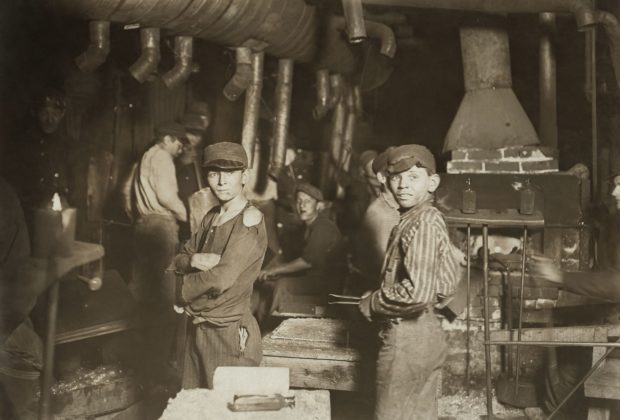[Post updated August 30, 2024]
To most Americans, the first Monday in September means a three-day weekend and the last hurrah of summer, a final outing at the shore before school begins, a family picnic. The federal Labor Day was signed into law by President Grover Cleveland during his second term in 1894.
130 years later, organized American labor has seen its ups and downs. But recently, unions have had a comeback, helped in part by the most pro-labor Administration in modern history.
“Unionized workers made significant gains through their collective action during the past 12 months:
- The United Auto Workers notched two major victories for workers – historic new contracts with the Big Three automobile manufacturers and an organizing win at the Chattanooga, Tennessee Volkswagen plant
- Several Hollywood entertainment unions representing actors, writers, production crews, musicians and other craftspeople reached new deals with the film and television industry that contained significant economic advances as well as protections for their members from the increasing use of artificial intelligence
- Labor unions representing pilots and flight attendants continued to deliver on their promises to their members by negotiating contracts that buoyed the economic securityof airline industry workers.
- The International Brotherhood of Teamsters reached a new 5-year contract with Anheuser-Busch, boosting pay, benefits and job security for about 5,000 union-represented employees.
Source: US. Dept. of Labor blog
“President Biden promised to be the most pro-worker and pro-union President in American history, and he has kept that promise. Support for unions is at its highest level in more than half a century, inflation-adjusted income is up 3.5% since the President took office, and the largest wage gains over the last two years have gone to the lowest-paid workers. ” Source: White House Fact Sheet
But as we rethink work and life, it is a most fitting moment to consider how we labor and the history of Labor Day. The holiday was born at the end of the nineteenth century, in a time when work was no picnic. As America was moving from farms to factories in the Industrial Age, there was a long, violent, often-deadly struggle for fundamental workers’ rights, a struggle that in many ways was America’s “other civil war.” (From “The Blood and Sweat Behind Labor Day”)

“Glassworks. Midnight. Location: Indiana.” From a series of photographs of child labor at glass and bottle factories in the United States by Lewis W. Hine, for the National Child Labor Committee, New York.
The first American Labor Day is dated to a parade organized by unions in New York City on September 5, 1882, as a celebration of “the strength and spirit of the American worker.” They wanted among, other things, an end to child labor.
In 1861, Lincoln told Congress:
Labor is prior to and independent of capital. Capital is only the fruit of labor, and could never have existed if labor had not first existed. Labor is the superior of capital, and deserves much the higher consideration. Capital has its rights, which are as worthy of protection as any other rights. Nor is it denied that there is, and probably always will be, a relation between labor and capital producing mutual benefits. The error is in assuming that the whole labor of community exists within that relation.
Today, in postindustrial America, Abraham Lincoln’s words ring empty. Labor is far from “superior to capital.” Working people and unions have borne the brunt of the great changes in the globalized economy.
But the facts are clear: In the current “gig economy,” the loss of union jobs and the recent failures of labor to organize workers is one key reason for the decline of America’s middle class.
Read the full history of Labor Day in this essay: “The Blood and Sweat Behind Labor Day” (2011)